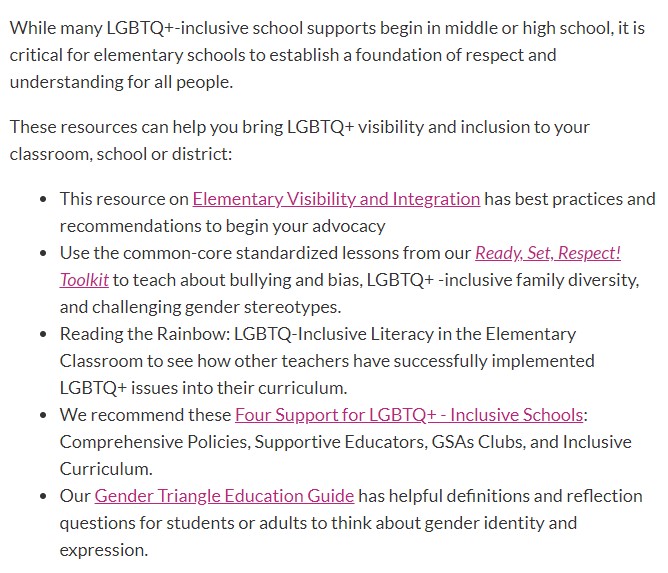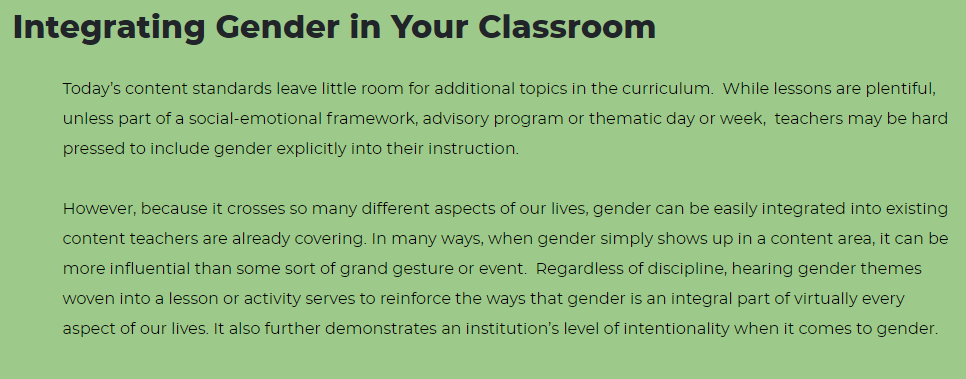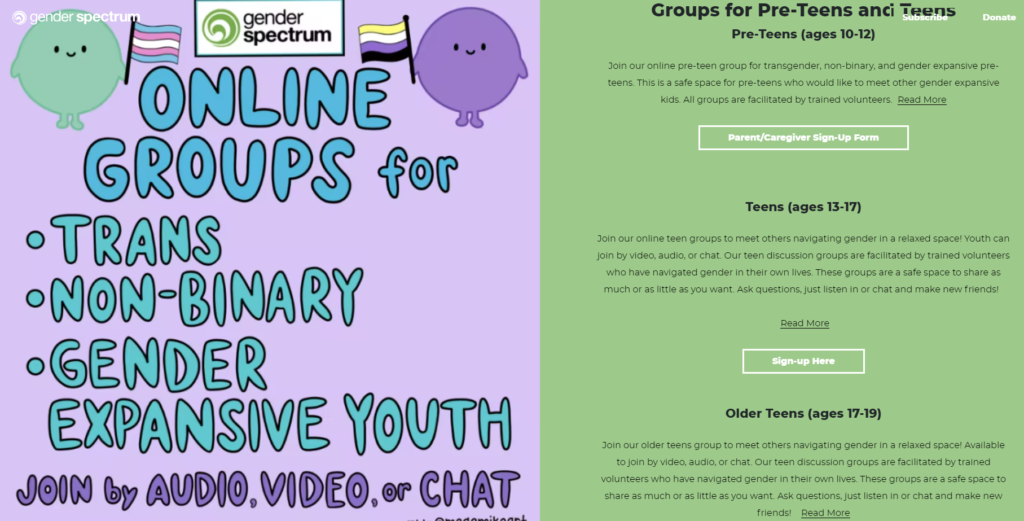
Community Unit School District 200 has guidance to keep gender identity of students secret from parents; guidance includes creating “barriers” so parents will not find out
Incidents
- Issues
- Parent Rights
- Sex and Gender
The organization Forging the Future D200 has a document published online titled “Individual Gender Support Plans” that appears to be acquired from a public records request to the Community Unit School District 200 in Illinois. The document details steps school staff should follow when a student comes out as transgender. When discussing the creation of a gender support plan for students, the document states: “Parent consent/participation is STRONGLY ENCOURAGED, but NOT required to develop a Gender Support Plan.” The document then mentions creating “barriers” to keep parents in the dark:
If a student does not want their parent to participate or have knowledge of the plan, discussion with the student should include barriers to parent participation as well as how staff can support the student in disclosure.
Part of the document is titled “Initial Discussion Document: Supporting LGBTQ+ Students.” This section has questions for students and tells staff to “acknowledge the student’s bravery to come forward and have this difficult conversation.” The following questions are asked to students:
- What name would you like to be called?
- What pronouns do you prefer to use in reference to yourself? (he/him, she/her, they/them)
- Are your guardians aware of your identity?
- Are your guardians supportive of your identity?
- Who are your trusted adult(s) at school?
- Are your trusted adult(s) aware of your identity?
An attached template of a gender support plan also asks if guardians are aware of the “student’s gender status.” The following question is then asked: “If unaware and/or support level is low, what considerations must be accounted for in implementing this plan?” The following question is later provided: “If the student’s guardians are not aware and/or supportive of the student’s gender status, how will school-home communications be handled, including when individual staff members need to contact guardians?”
One section of the document is labeled as “Rationale and Purpose.” The district explains that it uses “best practice as recommended by ISBE, GLSEN, Gender Spectrum and other advocacy groups devoted to promoting affirming and inclusive environments for all.”
The organization GLSEN is known for promoting LGBTQ issues to young children. GLSEN states on its website that “while many LGBTQ+-inclusive school supports begin in middle or high school, it is critical for elementary schools to establish a foundation of respect and understanding for all people.” The organization has also appeared to show support for children taking “hormone replacement therapy” to transition to another gender:
Upon birth, we are typically categorized into one of two genders (boy or girl) depending on how our genitals are read. Throughout our lives, however, our many bodily characteristics work together to create a unique path of development, causing some of us to grow really tall, and others to remain short, or some of us to grow hair under our armpits and legs, while others remain bare. While this development often happens on its own during puberty, this change can also be administered through medicine, such as hormone replacement therapy. Since our society often conflates our bodies (or genitalia) with our gender identity, it is critical that we allow space for people to self-identify.


The organization Gender Spectrum offers resources specifically targeting “youth” and even teachers. Gender Spectrum offers resources to educators on a page titled “Integrating Gender Diversity Into Everyday Curriculum.” This page explains that the discussion of gender can be integrated into subjects like history, science, mathematics, and even physical education. In targeting the youth, Gender Spectrum offers online chatrooms for children as young as 10 years old who identify as “trans” or “non-binary.”


Stay Informed
